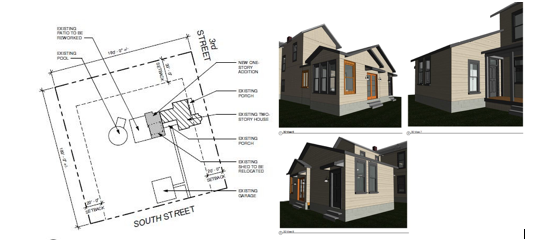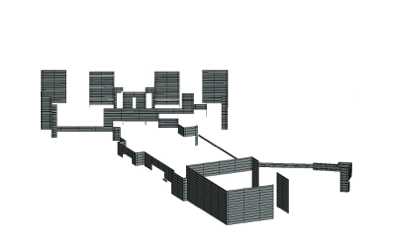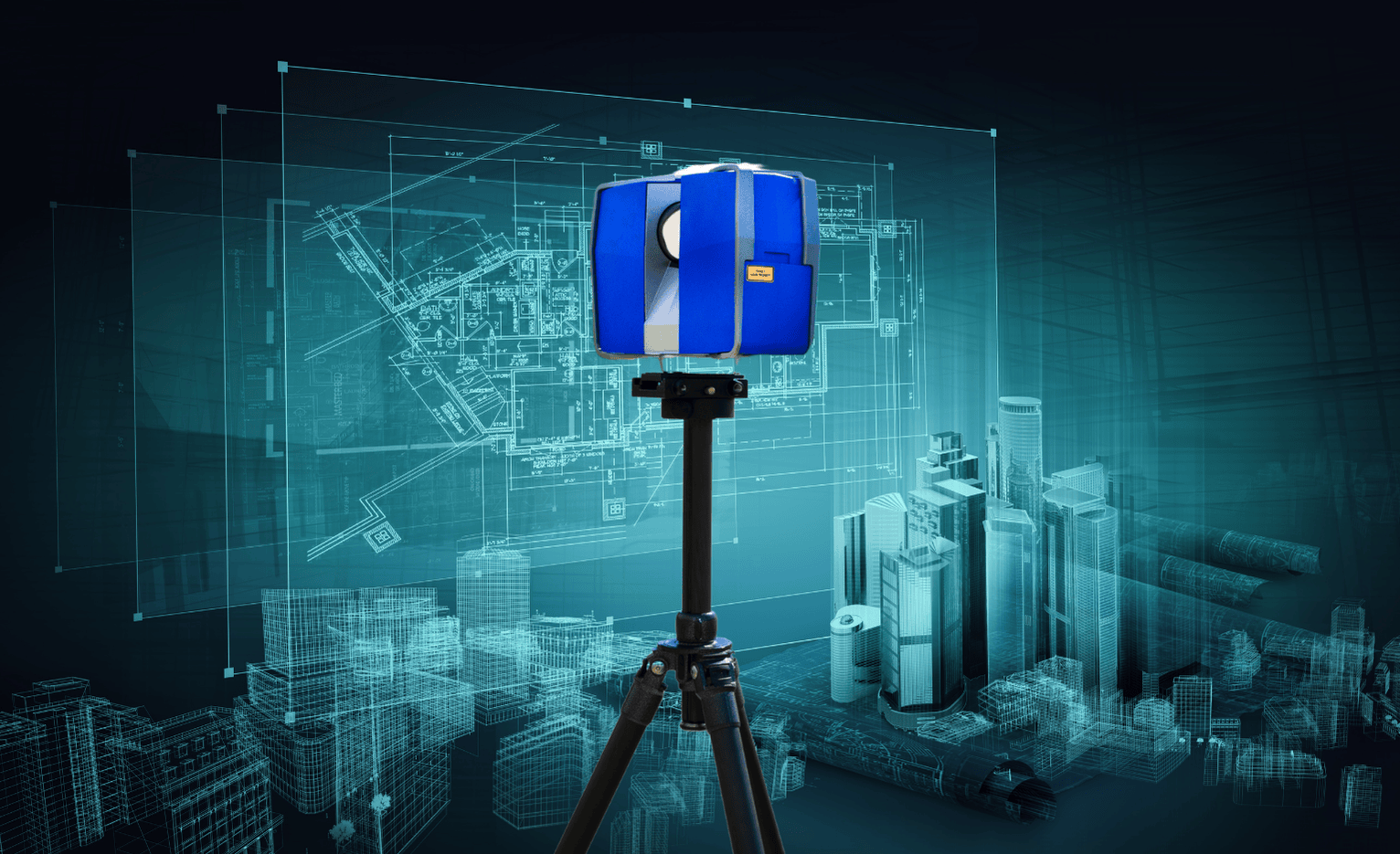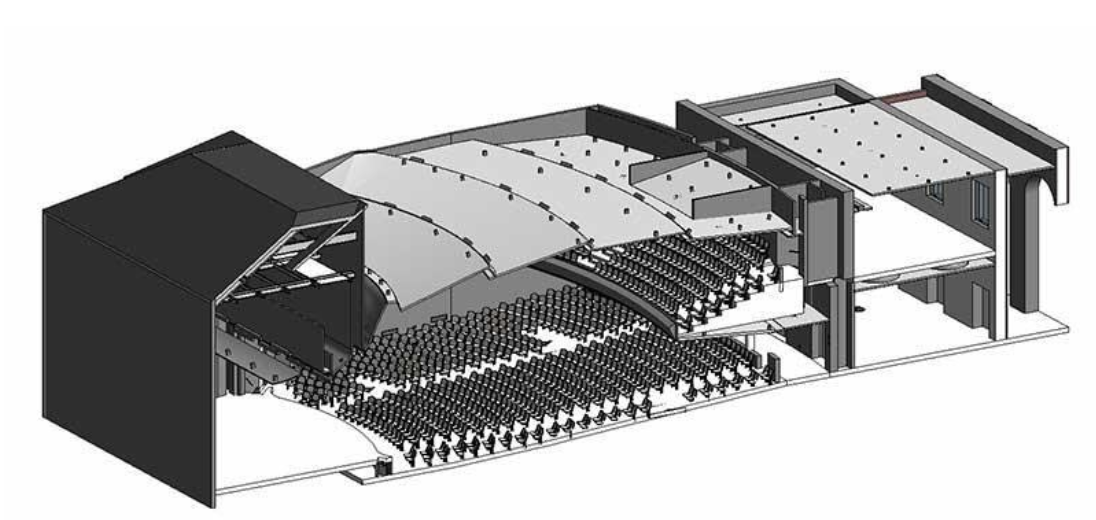The innovation of the AEC (Architecture, Engineering, Construction) industry has seen many major shifts over the last 50 years. From sheet drawings to CAD (computer-aided design) and now BIM (Building Information Modeling), BIM 360 software seems to be the next logical step in the series of technological innovations within the AEC field at-large. At Cadnetics we believe there are various reasons for the rapid rise and implementation of BIM 360, and this article is meant to elucidate both what this technology is, why we use it, and how it can be used to help you regardless of what stage or part of the AEC industry you are invested in.

What Exactly is BIM 360?
In short, BIM 360 is a design collaboration software aimed at improving productivity, reducing rework, and accelerating project delivery. Designed and licensed by AutoDesk, the software was designed to help manage complex workflows within the AEC space. Essentially, it is a cloud-based sharing platform that can be accessed by different entities working on the same project within Revit. It is this central project platform that both makes BIM 360 unique and is the key to its usefulness as a tool. This increased connectivity has a plethora of advantages throughout the design and construction process, including:
-Ability to access real data (up-to-date project data) from the cloud
-Improved productivity
-Reduced Rework
-Accelerated project delivery
-The right information in the right hands at the right time.
-Visualized changes to any BIM artifact so any team member can understand updates in an aggregated view
-Navigate changes on a visual timeline
-Teams working in Revit can cut costs and time through streamlined workflows and improved collaborative sharing avenues.
But Why is Design Collaboration So Important?
The modern design depends on heavy collaboration between distributed entities constantly exchanging information throughout the design and construction process. Before, this would require the tedious routine of uploading, syncing, and transferring often large files of the most updated and relevant design. One person gets one version, updates it, sends it off, etc. With BIM 360’s single cloud-based platform, multiple users can co-author the same Revit model in real-time, providing a fluid feedback-update model that streamlines the whole process. With so many moving parts, fluid collaboration becomes the cornerstone of successful design, and BIM 360 makes that possible by keeping everything in one place. With all data living on the cloud, centralizing workflows across the whole project lifecycle; from planning and design to construction and operation, has never been smoother. BIM 360 ends up creating a sense of cohesion on projects which decreases your downtime and gets projects done on time

Time is Money
The most relevant consequence of the cloud-sharing capabilities of BIM 360 is the decrease in lost time. Let’s be honest, in business time has a certain opportunity cost: time spent laboring over redundant grunt work is time that could be being spent working on something more important, like the design. The increased efficiency of BIM 360 ends up improving efficiency and accelerating project delivery. With different teams working on the same project concurrently, the boost in productivity is palpable, and its benefits obvious. Stay on budget, spend more time designing, and less time trying to coordinate.
Reduce Rework
It is estimated that the cost of rework orders in the construction phase often accounts for roughly 5% to 15% of the total project costs. Therefore, it should be imperative to every AEC company to increase the effectiveness of its design and reduce errors to an absolute minimum. BIM technology by itself is supposed to drastically reduce the number of errors present in design by running preemptive clash detections, but the threat of using the wrong revision continues to plague the minds, and wallets, of many AEC professionals. This is where BIM 360’s single cloud platform comes in handy. Multidisciplinary teams now have the ability to search for revision tracking and communication logs, the potential of human error due to poor data management is mitigated. It turns out that having the right artifacts and models all the time ends up saving a lot in costs and rework.

Accelerate Project Delivery
We’ve already touched on this above, but it doesn’t hurt to highlight some of the key ways BIM 360 can help push your project through the work funnel. Traditional projects tend to have hang-ups and inefficiencies, whether that be in communication or in information compression and transfer. Having a singular cloud platform enables faster communication and editing since everyone has access to the same information at the same time. Furthermore, the sheer sophistication in details and logistics is better organized in one area instead of dispersed across multiple platforms. With the most up-to-date information available to everyone all the time, verification, and approval to move forward has never been easier. Take a look at how quickly we did our office remodel!
Conclusion:
Hopefully we’ve sufficiently outlined the reasons we believe BIM 360 is the future of the AEC industry. As cloud technology’s ubiquity continues to spread into more sectors, the benefits of having a single, centralized platform are undoubtedly useful in an industry where so many disparate pieces of information are being shared and altered. We feel BIM 360 has allowed Cadnetics’ many departments to stay cohesive and effectively communicate throughout our whole process.
If you are interested in learning more about BIM or are looking for BIM services, contact Cadnetics today and see how our company can assist as your extended office.
https://cadnetics.com/cad-vs-bim/



